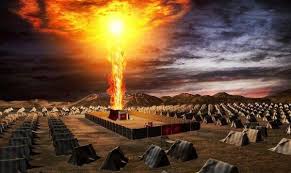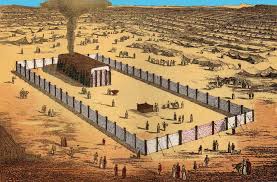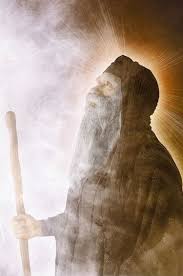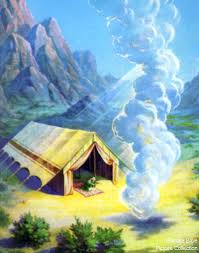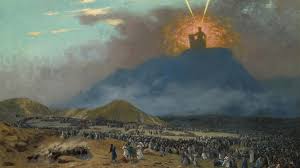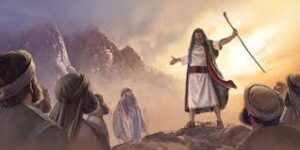Dd – The Mosaic Covenant
The Mosaic Covenant
19: 3-25
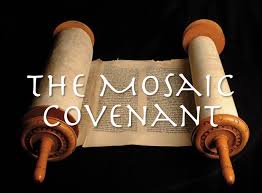
Thanks to the discoveries of ancient Near Eastern texts we now know quite a bit about the literary composition of covenants and treaties. Near Eastern treaties generally fall into two broad classes: The parity treaty and the suzerainty treaty. Parity treaties were, in effect, two treaties in opposite directions in which two kings of more or less equal importance bound each other to identical obligations. The suzerainty treaties, on the other hand, were imposed by strong kings on weaker rulers. Such suzerainty treaties usually had nine elements including a preamble, historical introduction, general conditions, specific conditions, a deposit of some sort of recording, divine witness, curses and blessings, the subject’s oath of allegiance and a formal ceremony as seen in this chart.343
The Mosaic Covenant Compared with Suzerainty Treaties344
Nine Elements Given at Mt Sinai Given in Transjordan Given in Canaan
Preamble Exodus 20:2a Deuteronomy 1:1-4 Joshua 24:1-2a
Historical Exodus 20:2b Deuteronomy 1:5 to 4:43 Joshua 24:2b-13
Introduction
General Exodus Deuteronomy Joshua
Conditions 20:3-17 4:44 to 11:32 24:14-15 and 23
Specific Exodus Deuteronomy
Conditions 21:1 to 23:19 12:1 to 26:15
Deposit and Exodus 25:16,21 Deuteronomy 31:9-13 Joshua 24:25-26a
Recording
Divine Deuteronomy Joshua
Witness 30:19 and 31:28 24:22 and 26b-27
Curses and Leviticus 26 Deuteronomy 27-28 Joshua 24:19-20
Blessings
Oath of Exodus 24:3 Joshua
Allegiance 24:16-18, 21, 24
Formal Exodus 24:4-11
Ceremony
Our Bible is divided into two Covenants, the TaNaKh and the B’rit Chadashah. The word covenant implies a significant and intimate relationship between two parties (whether collective or individual). Many Scriptural passages compare and contrast the TaNaKh with the New Covenant (see the commentary on Jeremiah, to see link click Eo – The Days are Coming, declares the LORD, When I Will Make a New Covenant with the People of Isra’el). Although the Bible, the particularly the TaNaKh, describes many covenants in detail, the one we are about to study is referred to as the Mosaic Covenant (especially see Second Corinthians 3:14-15 and Hebrews 9:15-20). The TaNaKh is basically the story of redemption ratified by the Mosaic Covenant. The B’rit Chadashah was instituted by Jesus at the Passover Seder in Luke 22:20. Both covenants became effective only through the shedding of blood (Exodus 24:8 and Matthew 26:28).345



